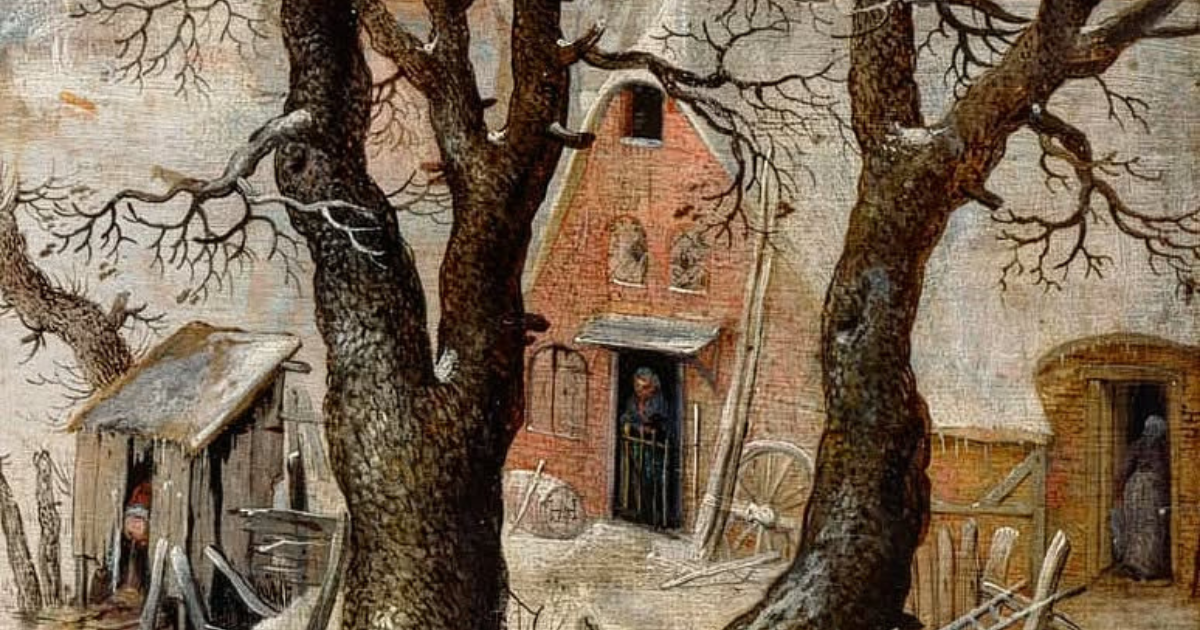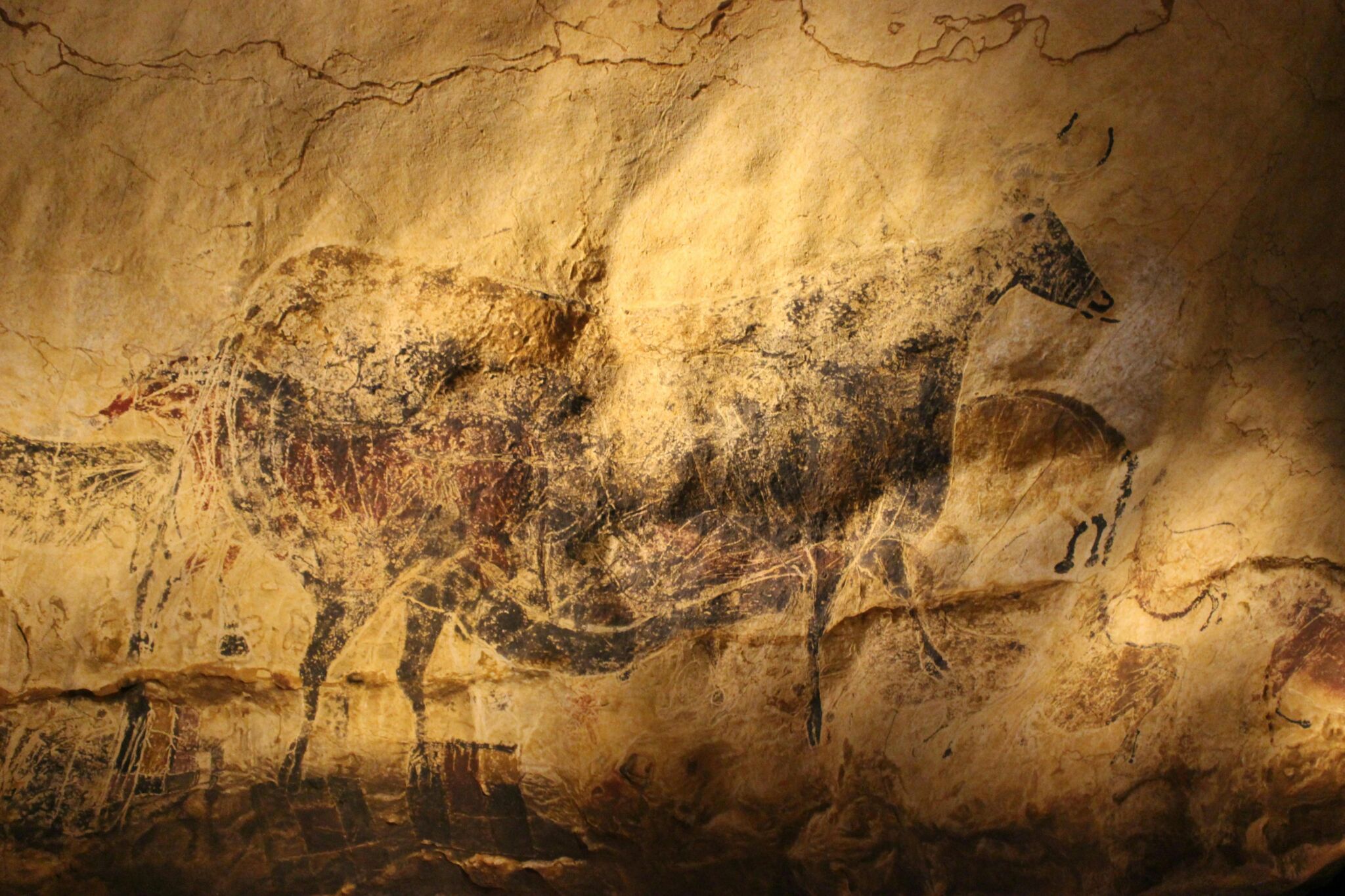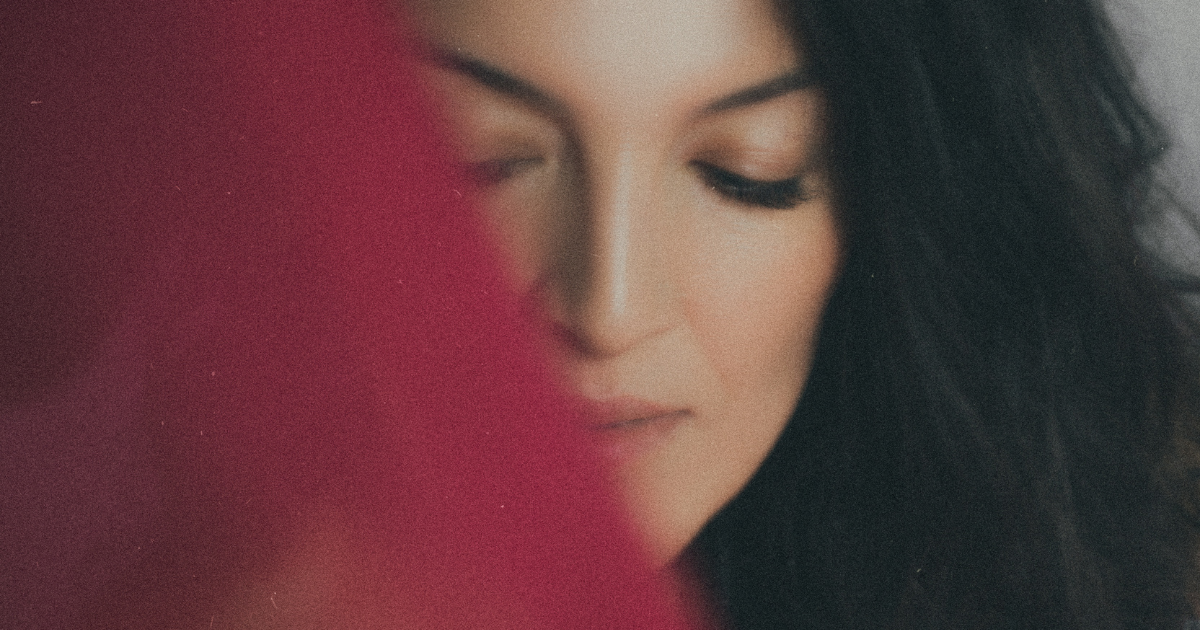Winter: lost and preserved
How winter has been imagined by artists through the ages, shaping our vision of frosty beauty

Winter is more than just a season; it is a universal symbol, shifting in meaning across eras. For some, it represents the harshness of survival; for others, it embodies serenity and contemplation. Artists throughout history have captured winter’s diverse essence, portraying it through myths, symbols, and later in paintings that reflect humanity’s relationship with nature. To many creatives, winter provides solace when the world becomes overwhelming.
The Primitive Era: early depictions of winter
In the prehistoric world, art served practical and magical purposes. Cave paintings, such as those found in Lascaux and Altamira, do not explicitly depict winter but hint at its presence through scenes of hunting reindeer, bison, and mammoths. These images are evidence of how early humans adapted to glacial conditions. For them, winter was not a source of inspiration but a challenge, its traces marked in animal tracks, hides, and the relentless struggle for survival. Early art reminds us that humans needed to engage with it to endure winter, respecting its power.

Photo: Pexels
The Ancient World: myths and symbolism
In ancient civilizations, art was deeply intertwined with mythology. While direct depictions of winter are scarce in the art of Ancient Egypt, Mesopotamia, and Greece, its symbolism emerges in seasonal myths. A notable example is the Greek myth of Persephone, where winter signifies her descent into the underworld. This myth inspired sculptors and vase painters, often depicting Demeter in her grief. Here, winter represents loss but also the promise of spring’s return.
Antiquity: winter as a backdrop for heroes
In antiquity, nature was rarely the focal point of art, but landscapes occasionally served as backdrops for events. With its snowstorms and frosty mountains, winter often highlighted the challenges heroes faced. Roman mosaics frequently featured allegorical figures of the seasons, with winter depicted as an old man carrying firewood or draped in furs. Winter symbolized not merely the cold but the cyclical passage of time and the inevitability of change.
The Middle Ages: mystical winter
Medieval art leaned heavily on spiritual themes. Winter scenes appear in illuminated manuscripts such as the Très Riches Heures du Duc de Berry. These miniatures depict winter as peasant life – chopping wood, gathering kindling, or warming by fires. At the same time, winter embodied purification, evident in Gothic stained glass, where icy tones of blue and white evoked both mortality and eternity.
The Renaissance: winter as a subject
With the Renaissance, both nature and humanity gained prominence in art. Winter landscapes began to feature as standalone subjects, reflecting a newfound interest in realism. A standout example is Pieter Bruegel the Elder’s Hunters in the Snow (1565), one of the earliest attempts to depict winter as a self-contained theme. The painting captures not just the chill and snow but also everyday life: footprints in the snow, vibrant figures skating, and distant smoky horizons. For Bruegel, winter is alive, full of purpose and movement.
The Modern Era: the aesthetic of winter landscapes
By the 17th century, winter had become a favorite subject for artists. Dutch painters like Hendrick Avercamp celebrated the joy of winter with scenes of ice fairs, skating, and daily life, where snow was a cause for celebration rather than an obstacle. In the Romantic era, artists like Caspar David Friedrich infused winter landscapes with philosophical depth. His works, such as Winter Landscape, convey solitude and the majesty of nature.
Each era left its mark on how winter was depicted, evolving from a symbol of survival and purification to an aesthetic and philosophical concept. These artworks not only narrate the story of their time but also reflect humanity’s perspective on the world. Today, when we admire the works of ancient or modern masters, we see more than just winter, we see its history, eternal and ever-changing. Perhaps this is the true beauty of art: preserving our understanding of the world, even as the world itself transforms.


